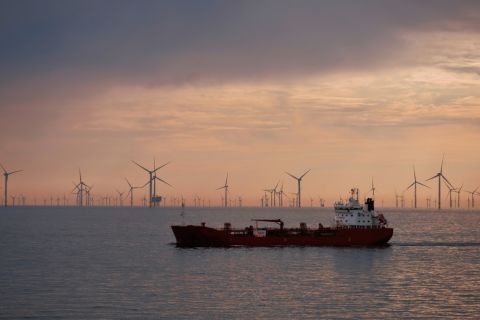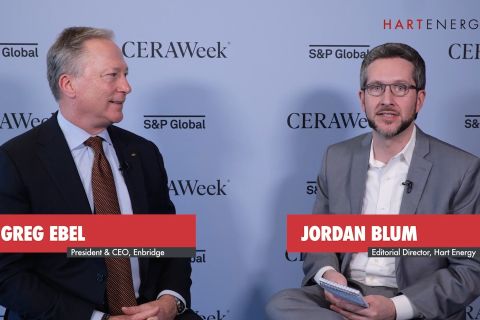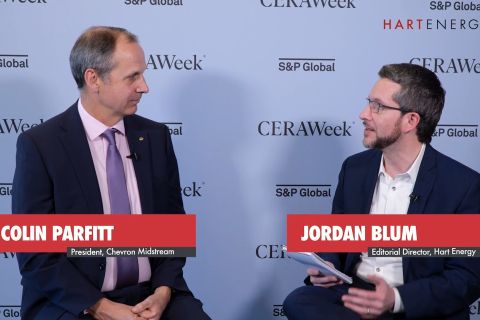
(Source: Hart Energy)
Over the last 10 years, over 4,000 horizontal wells have been drilled in the northeastern Pennsylvania Marcellus play and the results continue to be impressive. Based on public data, activity appears to be down somewhat this year, but initial results are on track with those from 2019.
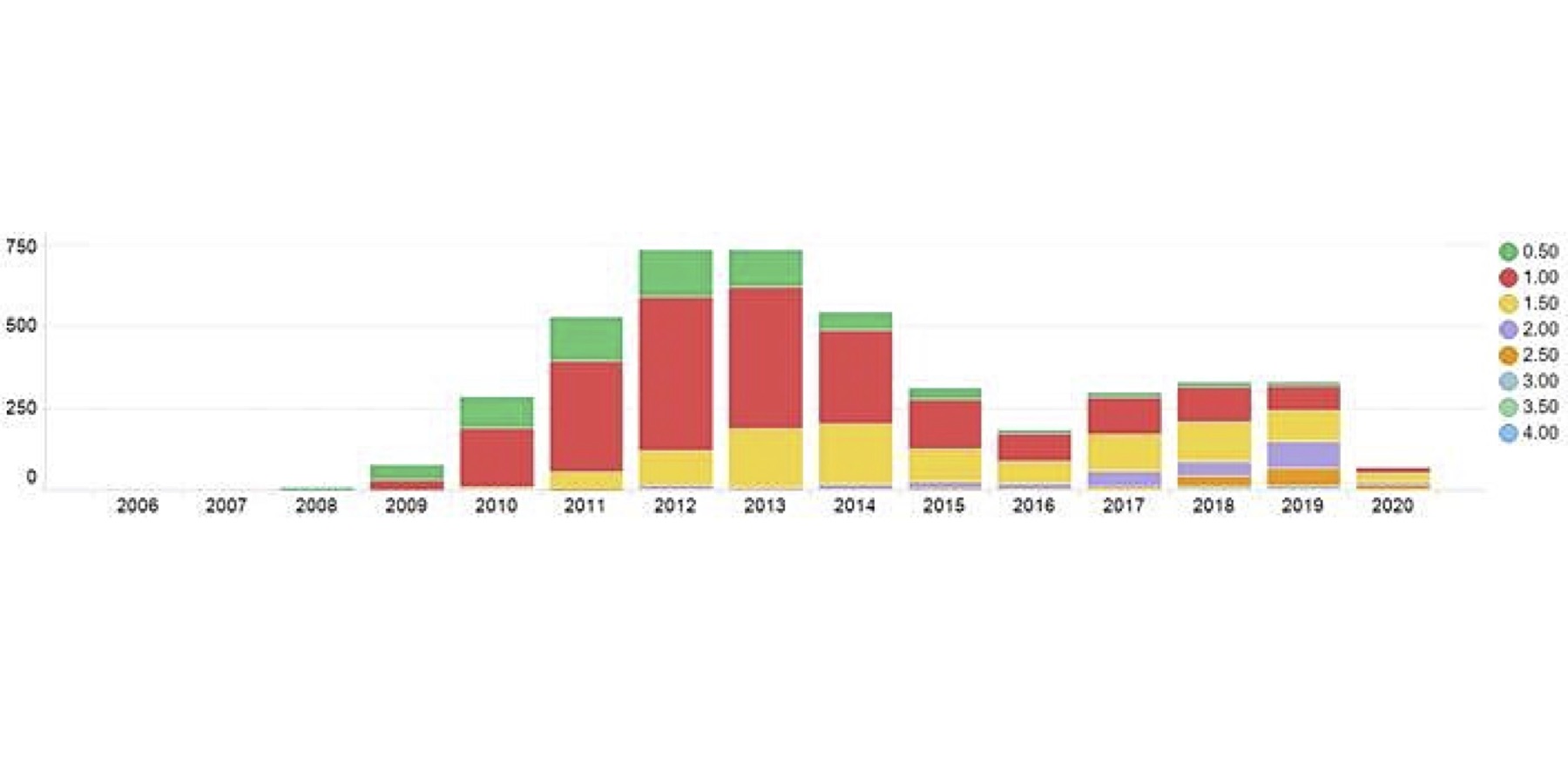
The graph below shows cumulative gas production per 1,000-ft of perforated interval for the approximately 3,600 wells with nominal lateral lengths between one and two miles. The data for 2020 nearly overlies 2019’s, both of which are down slightly from 2017-18.
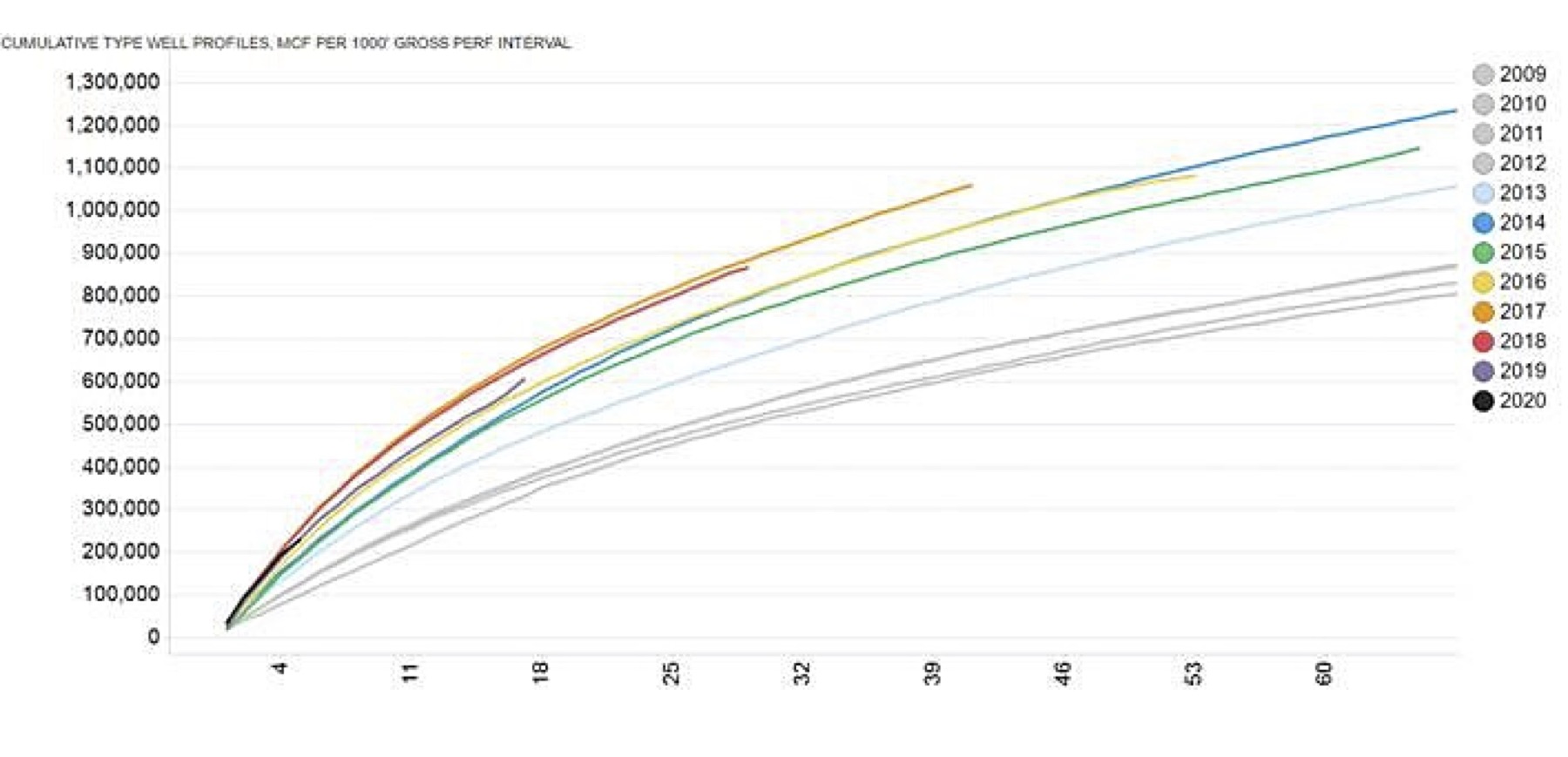
There are currently 11 rigs operating in the play, most of which are located in the eastern and western portions, with only two operating in the less densely drilled central area. Looking only at one- to two-mile laterals drilled since 2013 (when results showed a step change improvement), we see that most of the focus has been on the eastern and western portions.
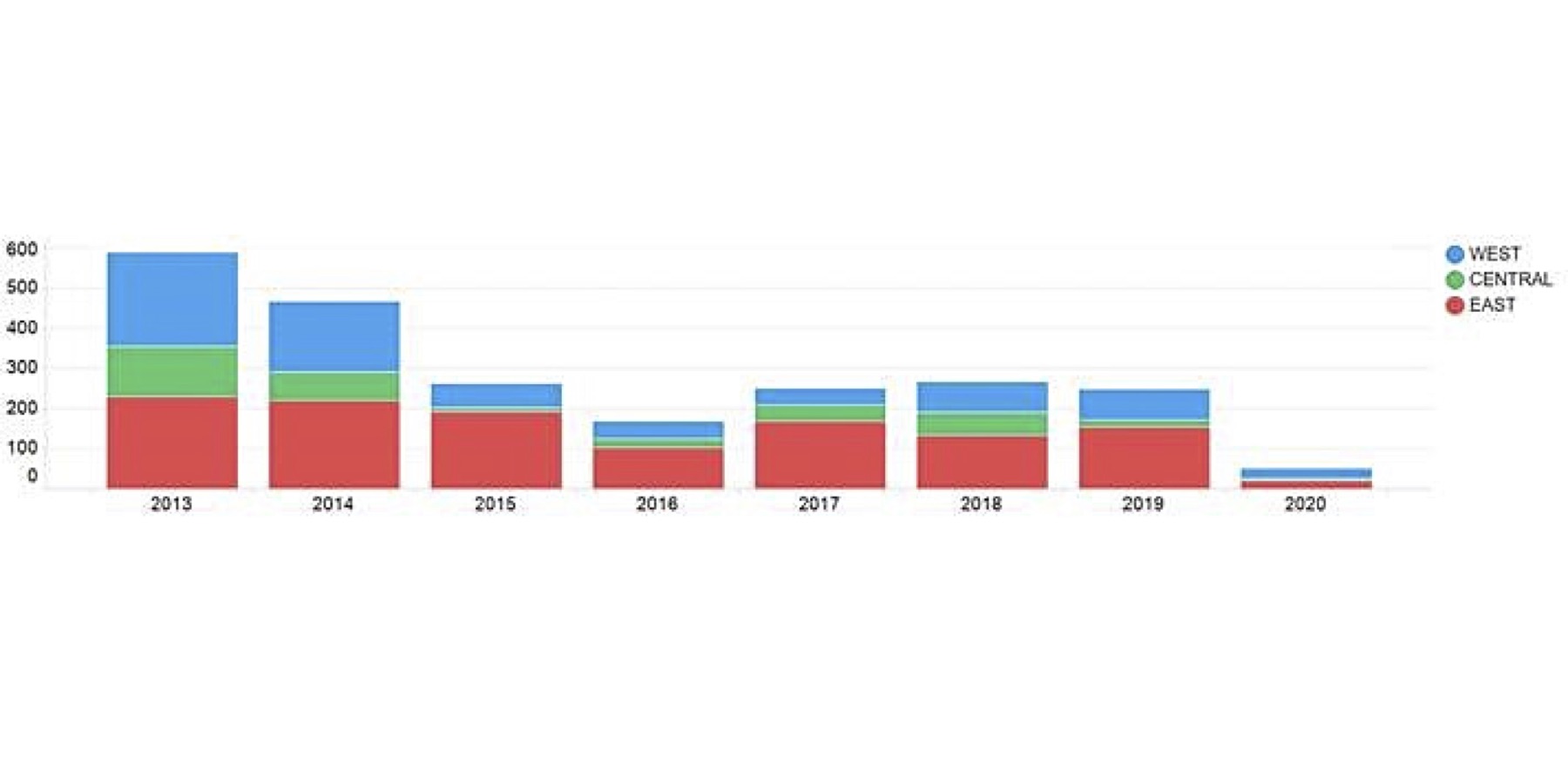
Although drilling densities in the east and west are tightening, the less densely drilled central area shows attractive results on a per 1,000-ft basis, suggesting additional running room for the play despite low gas prices.
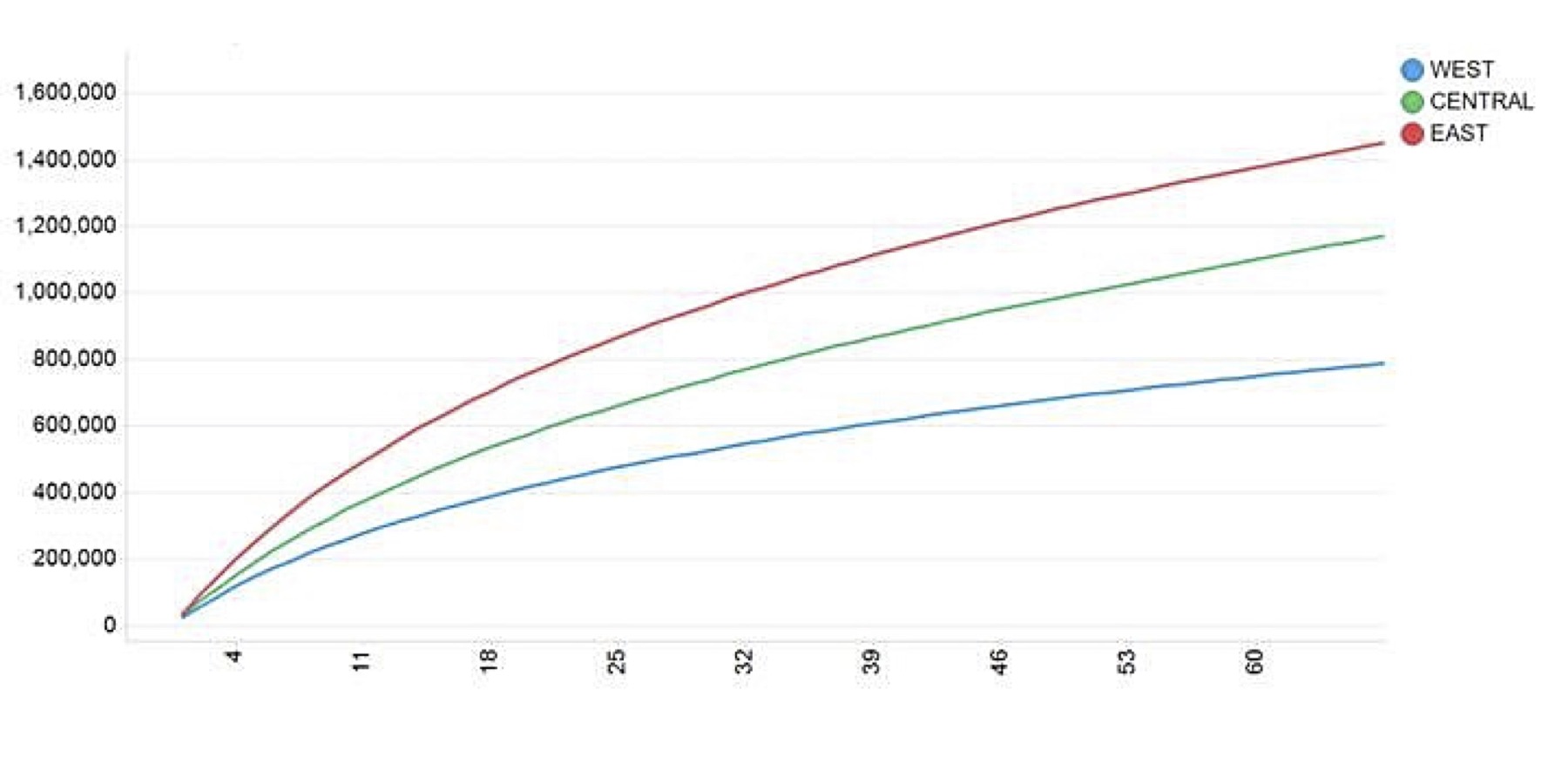
About the Author:
Steve Hendrickson is the president of Ralph E. Davis Associates, an Opportune LLP company. Hendrickson has over 30 years of professional leadership experience in the energy industry with a proven track record of adding value through acquisitions, development and operations. In addition, he possesses extensive knowledge of petroleum economics, energy finance, reserves reporting and data management, and has deep expertise in reservoir engineering, production engineering and technical evaluations. Hendrickson is a licensed professional engineer in the state of Texas and holds an M.S. in Finance from the University of Houston and a B.S. in Chemical Engineering from The University of Texas at Austin. He currently serves as a board member of the Society of Petroleum Evaluation Engineers and is a registered FINRA representative.
Recommended Reading
Commentary: Are Renewable Incentives Degrading Powergen Reliability?
2024-02-01 - A Vistra Corp. chief, ERCOT’s vice chairman and a private investor talk about what’s really happening on the U.S. grid, and it’s not just a Texas thing.
Veriten’s Arjun Murti: Oil, Gas Prospectors Need to Step Up—Again
2024-02-08 - Arjun Murti, a partner in investment and advisory firm Veriten, says U.S. shale provided 90% of global supply growth—but the industry needs to reinvent itself, again.
Heard from the Field: US Needs More Gas Storage
2024-03-21 - The current gas working capacity fits a 60 Bcf/d market — but today, the market exceeds 100 Bcf/d, gas executives said at CERAWeek by S&P Global.
Exclusive: Renewables Won't Promise Affordable Security without NatGas
2024-03-25 - Greg Ebel, president and CEO of midstream company Enbridge, says renewables needs backing from natural gas to create a "nice foundation" for affordable and sustainable industrial growth, in this Hart Energy Exclusive interview.
Exclusive: Chevron Balancing Low Carbon Intensity, Global Oil, Gas Needs
2024-03-28 - Colin Parfitt, president of midstream at Chevron, discusses how the company continues to grow its traditional oil and gas business while focusing on growing its new energies production, in this Hart Energy Exclusive interview.


